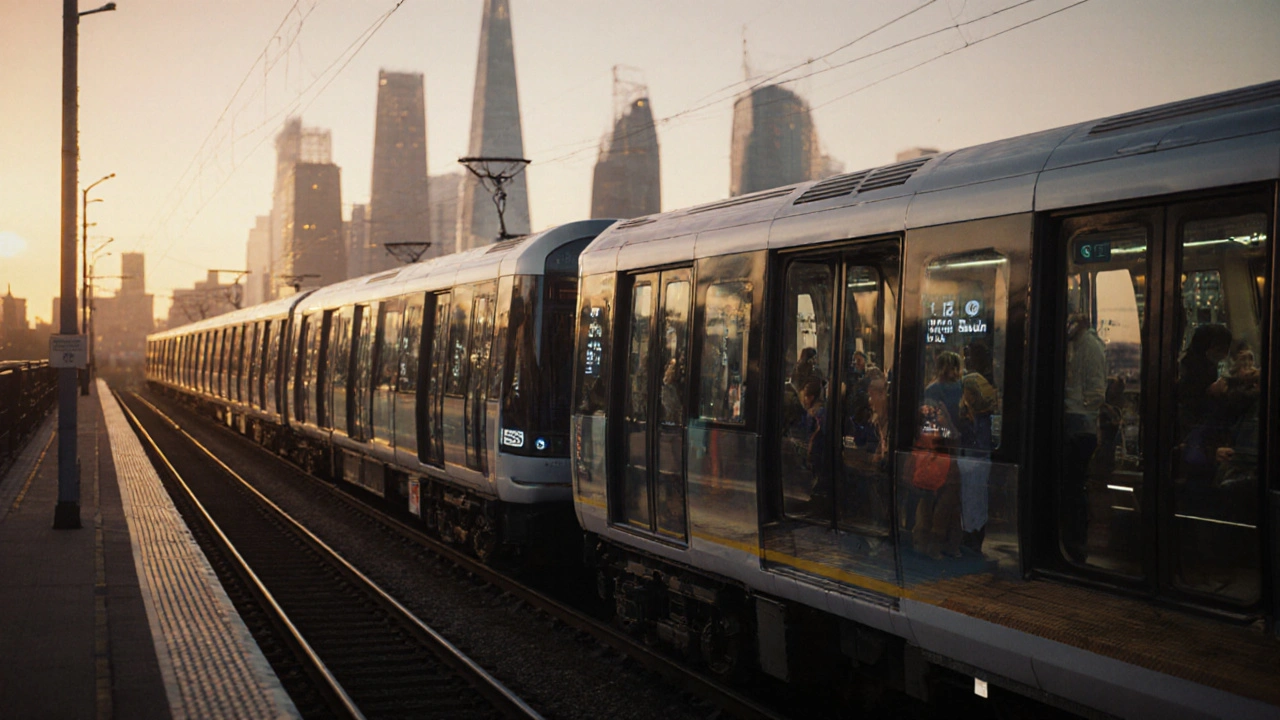DLR stations: Your guide to London's light rail network and how to use it
When you're navigating London, the DLR stations, a driverless light rail system serving East and South East London, including the Docklands and Canary Wharf. Also known as the Docklands Light Railway, it's one of the most reliable ways to get around without dealing with Tube crowds or traffic. Unlike the Underground, the DLR runs above ground most of the time, giving you views of the river, skyscrapers, and parks as you travel. It connects directly to key spots like Bank, Tower Gateway, Stratford, and London City Airport—and it’s often the fastest option if you’re heading to Canary Wharf or Greenwich.
Not all DLR stations, a network of 45 stops across East and South East London, mostly serving residential and business districts. Also known as Docklands Light Railway stations, it operates as part of Transport for London’s integrated system. are the same. Some, like Bank and Lewisham, are busy hubs with full accessibility features—lifts, ramps, and staff help. Others, like Island Gardens or Greenwich, are quieter but still fully step-free. If you’re traveling with luggage, a stroller, or mobility needs, knowing which DLR stations, accessible transit points on London’s automated rail network, many of which offer step-free access from street to platform. Also known as step-free DLR stations, they are critical for inclusive travel in the city. have working lifts matters. TfL keeps a real-time list of stations with lift outages, and you can check it before you leave. The DLR doesn’t run 24/7 like the Night Tube, but it does start early and run late—perfect for early flights or late-night returns from the city.
You’ll find that many of the posts here tie directly into using the DLR. Whether you’re claiming a refund for a delayed journey, looking for the best vegan snacks near Canary Wharf station, or planning a family trip to Greenwich with step-free access, the DLR is often the key link. It’s cheaper than a taxi, faster than the bus, and connects to the Tube, Overground, and National Rail without extra tickets if you’re using Oyster or contactless. No need to buy a separate ticket—just tap in and go. And if you’re trying to save money, the DLR is one of the most cost-effective ways to cover long distances in London without hitting the most crowded lines.
Some of the busiest DLR stations—like Canning Town, Stratford, and Tower Gateway—are also major transfer points. You can switch to the Jubilee Line, Central Line, or Elizabeth Line with just a few steps. That’s why so many students and commuters rely on them daily. If you’ve ever been stuck in a packed Tube train during rush hour, you’ll appreciate how the DLR lets you skip the crush. And if you’re visiting London for the first time, riding the DLR is one of the easiest ways to get a real feel for the city’s modern side—the glass towers, the river views, the quiet residential streets that most tourists never see.
Below, you’ll find real guides from people who’ve used the DLR to get to museums, vegan bakeries, hidden bars, and even airport terminals. Whether you’re trying to claim a TfL refund after a delay, looking for accessible routes, or just want to know which station has the best coffee nearby, the posts here give you the details you won’t find on a map. No fluff. No guesswork. Just what works.
